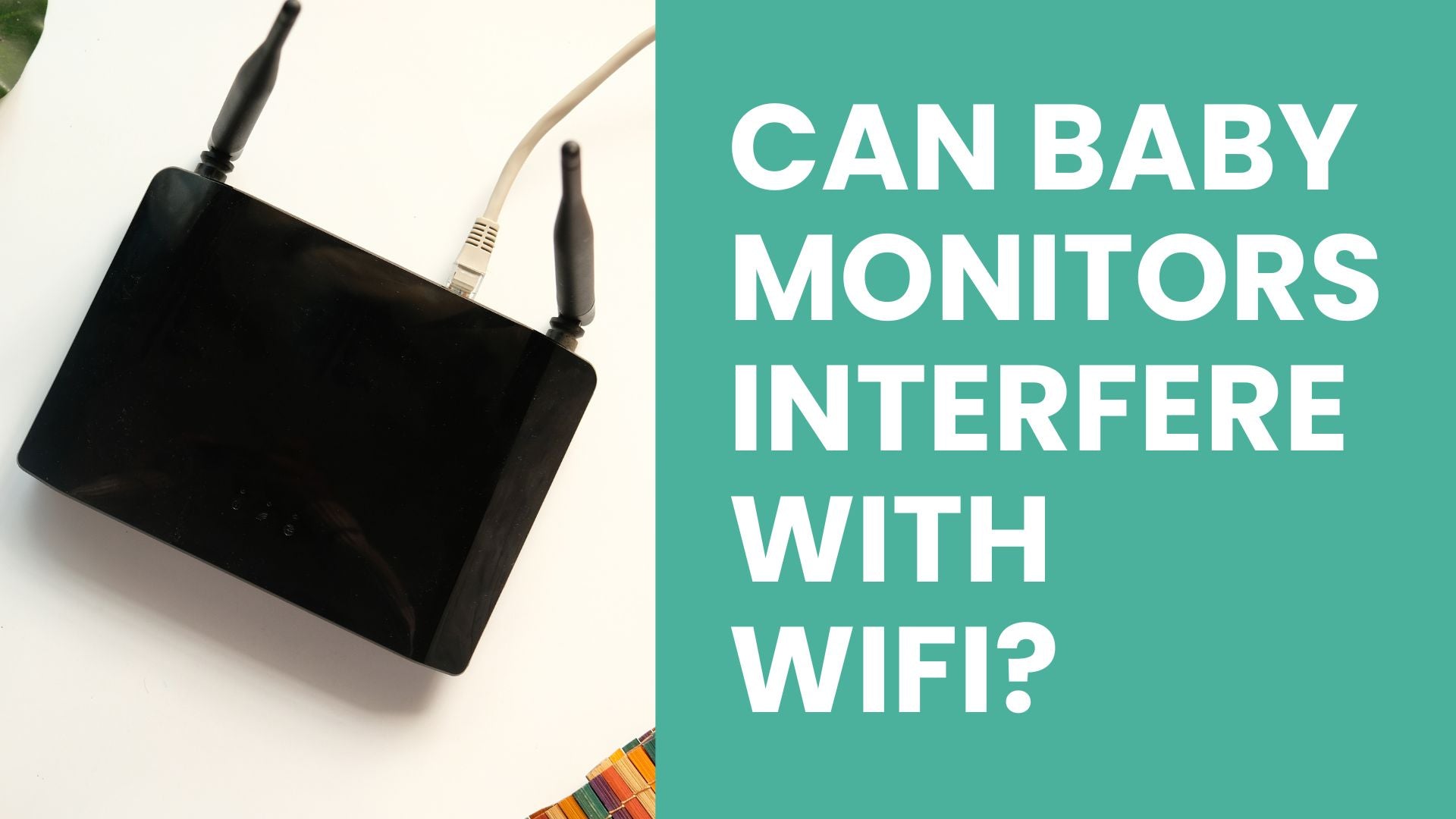As smart homes become more common, UK parents rely heavily on baby monitors to keep an eye on their little ones. But can these monitors disrupt your WiFi? In short yes, they can. Here's a guide to why this happens, how to spot it, and most importantly, how to fix it for smooth internet and peace of mind.
How Baby Monitors Work
Baby monitors transmit signals using radio frequencies.
The main types are:
-
Analog Monitors: Low-frequency (49 MHz, 900 MHz) – rare today, minimal WiFi conflict.
-
Digital Monitors: Often 2.4 GHz – same band as most WiFi routers, leading to interference.
-
WiFi-Enabled Monitors: Operate over your home WiFi, causing potential congestion.
Explore baby monitor options like DECT or FHSS types at John Lewis Baby Monitors.
Why 2.4 GHz Causes Issues
The 2.4 GHz band is used by:
-
WiFi routers
-
Microwaves
-
Bluetooth gadgets
-
Wireless cameras
-
Cordless phones
Competing signals clog the network, slowing down internet speeds or causing dropouts.
Signs of Interference
You might experience:
-
Buffering while streaming
-
Slower internet when monitor is active
-
WiFi drops near the baby’s room
Quick test: Turn off the baby monitor and check if the internet speed improves.
How to Solve Baby Monitor WiFi Interference
1. Change WiFi Channels
Use channels 1, 6, or 11 for 2.4 GHz.
Get a free WiFi analyzer like NetSpot WiFi App UK to find the best channel.
2. Use 5 GHz WiFi
Dual-band routers allow separation:
Put phones, laptops on 5 GHz; leave only low-band devices (like smart bulbs) on 2.4 GHz.
3. Reposition Devices
-
Keep the baby monitor and WiFi router at least 10 feet apart.
-
Avoid placing devices near metal or thick walls.
4. Choose Low-Interference Monitors
Look for:
-
FHSS technology (constantly changing channels)
-
DECT 6.0 monitors (1.9 GHz band – no WiFi clash)
Shop DECT monitors at Argos Baby Monitors.
5. Upgrade to a Mesh WiFi System
Mesh systems like BT Whole Home WiFi help reduce dead zones and auto-manage interference.
Conclusion
Yes, baby monitors can interfere with WiFi, but by adjusting your settings and making smart purchases, you’ll enjoy strong internet and uninterrupted monitoring. Prioritize 5 GHz networks for heavy devices and keep your monitor properly positioned for the best results.



